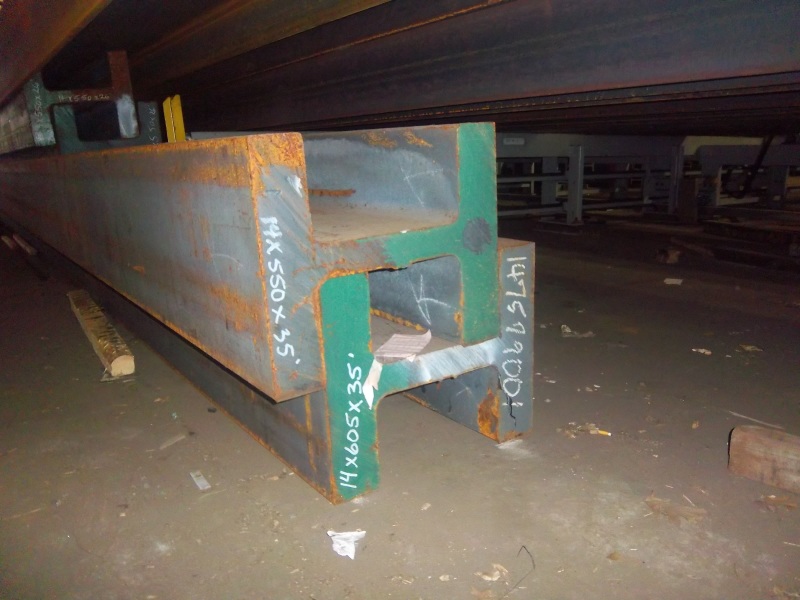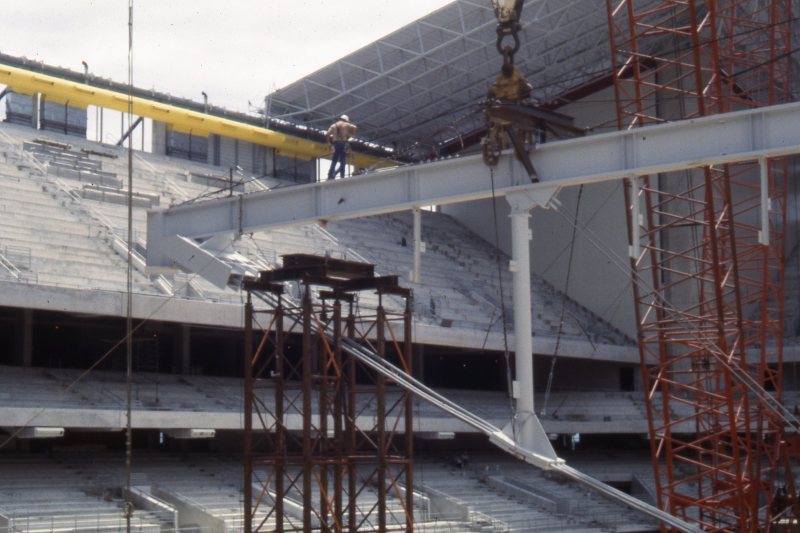dlclarkii
Structural
- Mar 29, 2005
- 37
Saw these at a steel supplier.


Follow along with the video below to see how to install our site as a web app on your home screen.
Note: This feature may not be available in some browsers.
![[idea] [idea] [idea]](/data/assets/smilies/idea.gif)
![[r2d2] [r2d2] [r2d2]](/data/assets/smilies/r2d2.gif)

KootK said:Guardrail stanchions.
